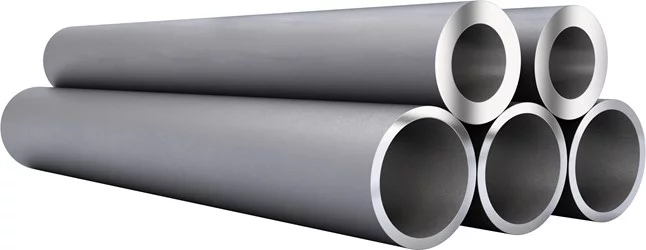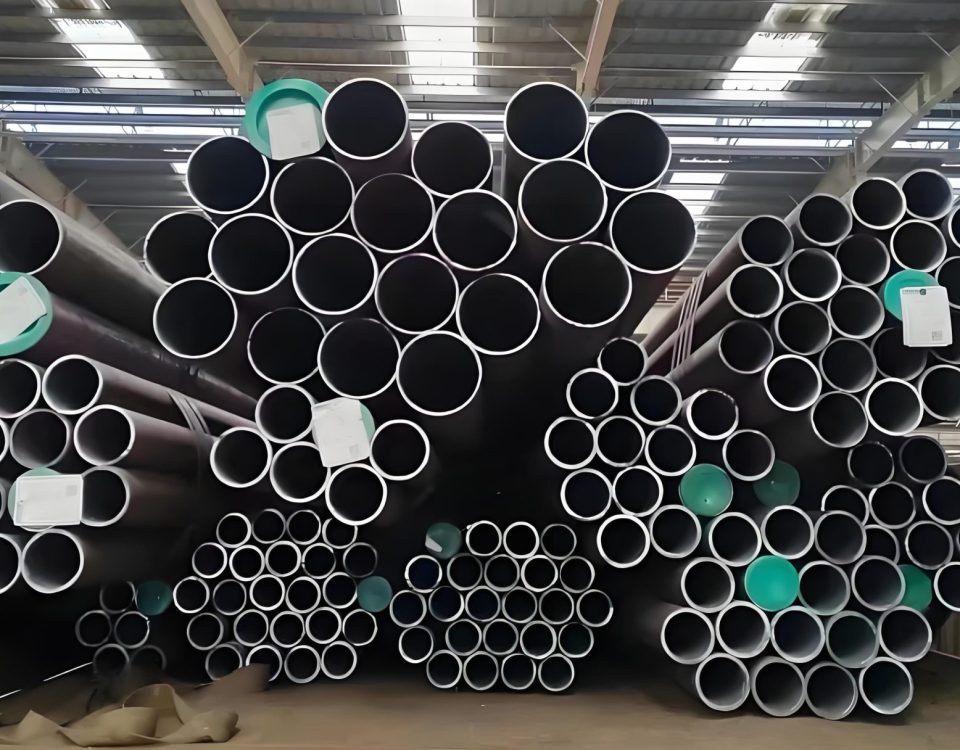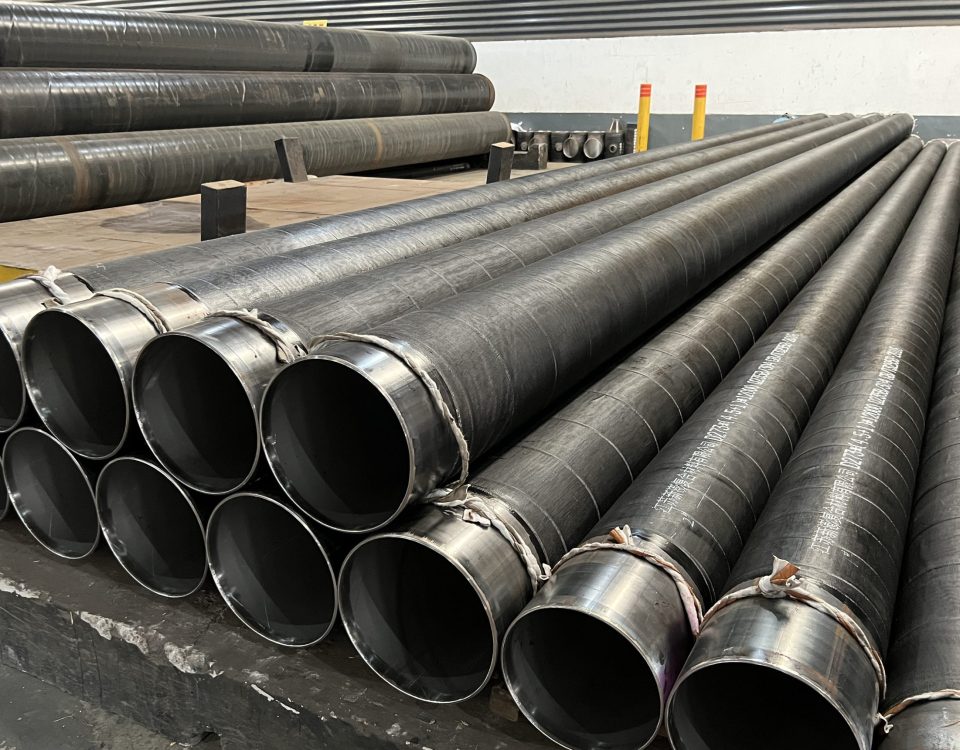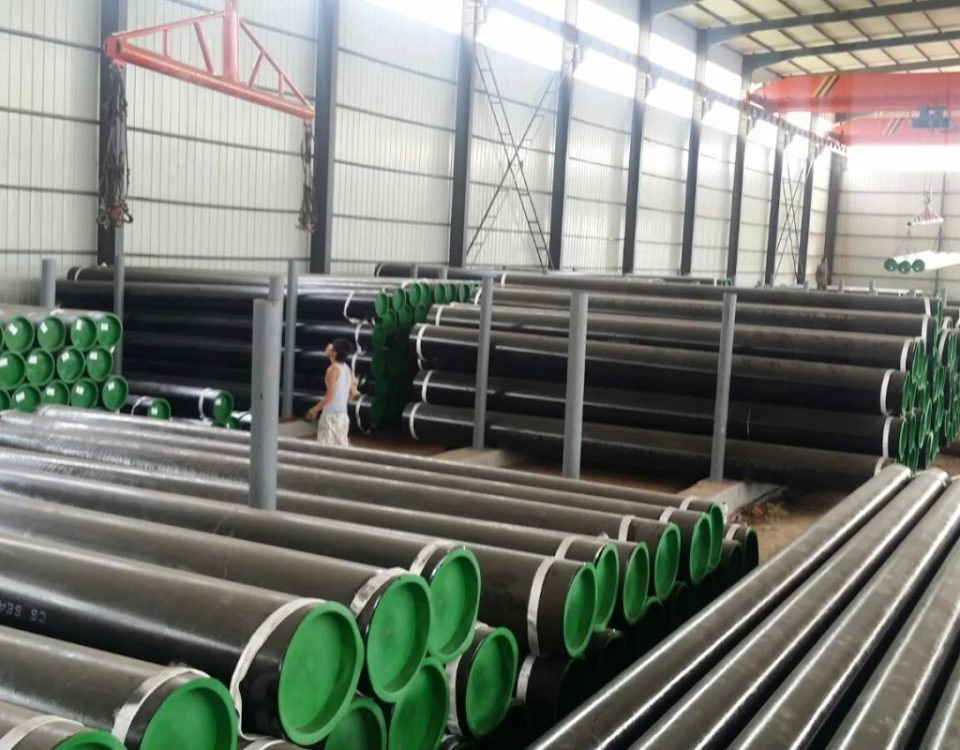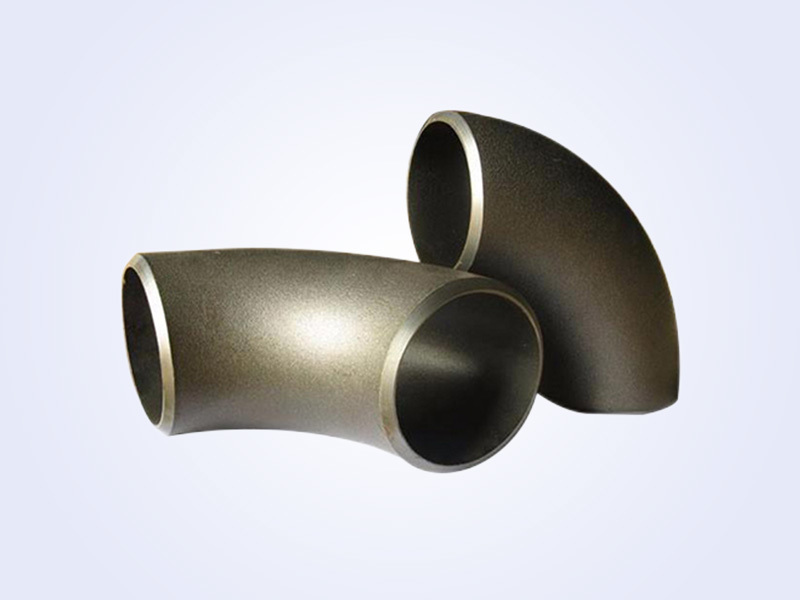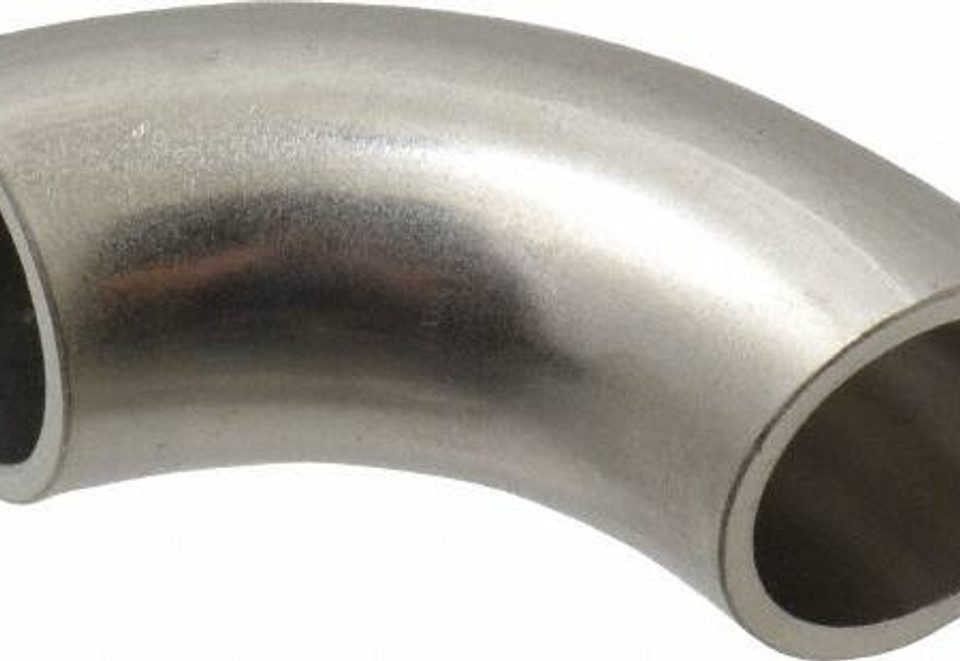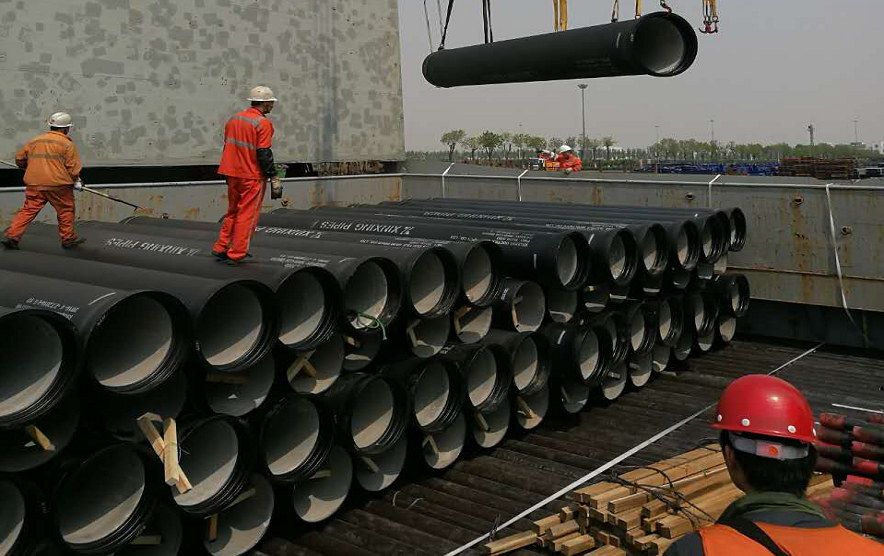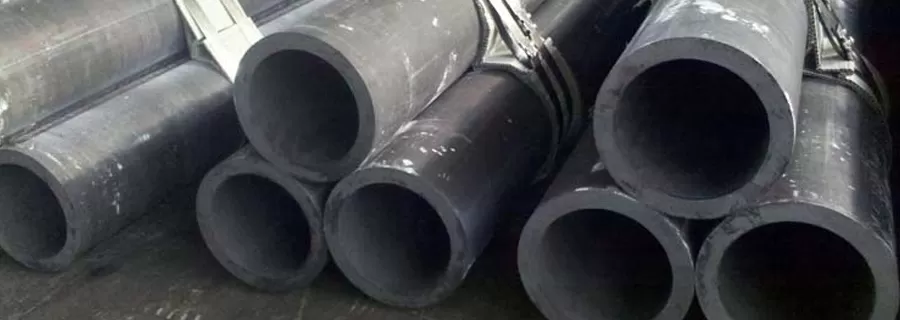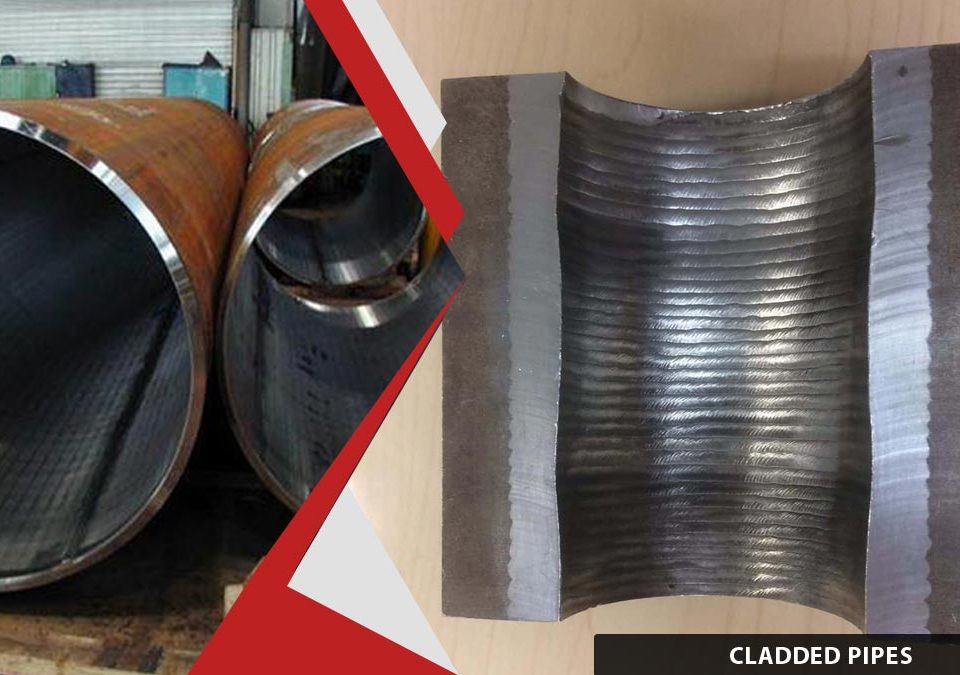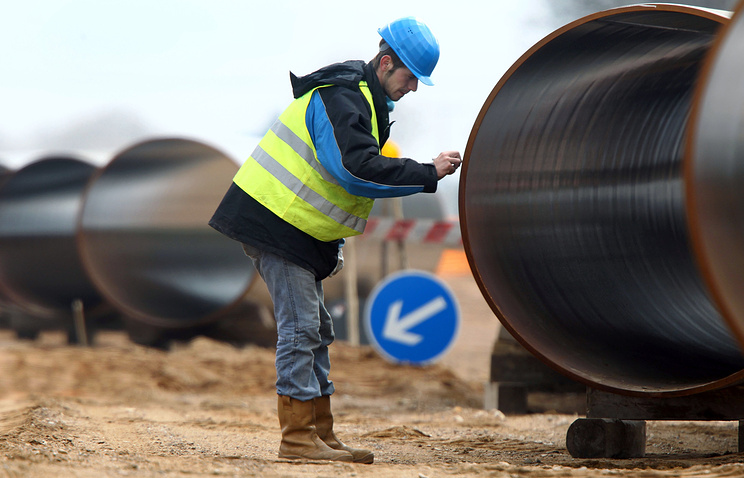
Differences Between API 5L X80, X70, and L555M Pipelines
September 13, 2023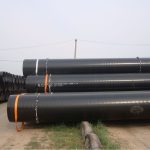
l555m steel pipeline (New technological inventions) with excellent low temperature toughness and manufacturing method thereof
September 17, 2023Corrosion is a significant challenge encountered by the oil and gas industry, especially when dealing with the transportation of various products through pipelines. The API 5L-X65 grade Steel Pipe is one of the most commonly used materials in oil and gas pipelines due to its excellent mechanical properties and weldability. However, its corrosion behavior, especially in aggressive environments like seawater, is a critical aspect that needs to be understood for its effective application. This essay provides a comparative study of the behavior of API 5L-X65 grade steel against corrosion in seawater.
API 5L Seamless Line Pipe Chemical Properties%:
| PSL | C, a | Mn a | P | S | Si | V | Nb | Ti | Other | CEIIW | CEpcm |
| 1 | 0.24 | 1.40 | 0.025 | 0.015 | 0.45 | 0.10 | 0.05 | 0.04 | b,c | .043 | 0.025 |
| 2 | 0.28 | 1.40 | 0.03 | 0.03 | – | b | b | b | – | – | – |
Grades covered by this specification are A25 ,A ,B (and the following “X” Grades), X42, X46, X52, X56, X60, X65, X70, X80. The two digit number following the “X” indicates the Minimum Yield Strength (in 000’s psi) of pipe produced to this grade.
BBN Steel Supply stocks a full range of API 5L X52 PSL-1 & PSL-2 line pipe in seamless.
| API 5L PSL1 Chemical Components and Mechanical Performance | ||||||||
| Grade | Chemical Components | Mechanical Performance | ||||||
| C(Max) | Mn(Max) | P(Max) | S(Max) | Tensile Strength(Min) | Yield Strength(Min) | |||
| Psi | Mpa | Psi | Mpa | |||||
| X65 | 0.28 | 1.40 | 0.030 | 0.030 | 77.000 | 531 | 65.000 | 448 |
Corrosion Mechanism in Seawater
In the context of metallic materials like steel, corrosion is an electrochemical process that involves the oxidation of metal in the presence of an electrolyte. Seawater, with its high salt content, serves as a potent electrolyte, promoting the corrosion process.
The primary corrosive agent in seawater is chloride. When in contact with steel, chloride ions can penetrate the protective iron oxide layer, leading to localized corrosion such as pitting. Other elements in seawater, such as oxygen and sulfur, can also contribute to the corrosion process.
Corrosion Behavior of API 5L-X65 Grade Steel Pipe in Seawater
API 5L-X65 Steel Pipe has been found to exhibit moderate resistance to corrosion in seawater environments. Its corrosion resistance stems mainly from the formation of a passive oxide layer on its surface, which acts as a barrier against corrosive agents.
However, in chloride-rich environments like seawater, this passive layer can be compromised, leading to localized corrosion. The rate of corrosion is also affected by other factors such as temperature, pH, and flow velocity of the seawater.
Comparative Studies
Studies have compared the corrosion behavior of API 5L-X65 Steel Pipe with other materials used in the oil and gas industry. It has been found that stainless steels, such as 316L and duplex stainless steels, exhibit superior corrosion resistance in seawater due to their high chromium content, which forms a more stable and durable passive oxide layer.
On the other hand, other carbon steel grades used in oil and gas pipelines, such as API 5L-X60 and API 5L-X70, show similar corrosion behavior to API 5L-Steel Pipe in seawater. However, slight differences may arise due to variations in their chemical compositions and microstructures.
Mitigation Measures
Despite its susceptibility to corrosion in seawater, the use of API 5L-X65 grade Steel Pipe in offshore and subsea applications can be justified by implementing appropriate mitigation measures. These include:
- Coating: Applying anti-corrosion coatings on the steel surface can act as a physical barrier against corrosive agents.
- Cathodic Protection: Cathodic protection involves connecting the steel to a sacrificial anode that will corrode instead of the steel, thus protecting the steel structure.
- Inhibitors: Corrosion inhibitors can be added to the seawater to reduce the corrosion rate. They work by forming a protective film on the steel surface.
In conclusion, while API 5L-X65 grade Steel Pipe exhibits moderate resistance to corrosion in seawater, its performance can be enhanced through suitable mitigation strategies. Understanding its corrosion behavior in such aggressive environments is critical to ensure the longevity and safety of the pipelines made from this material. Further research and development can lead to the discovery of more effective measures to combat the corrosion of API 5L-X65 grade steel in seawater.
Related Articles: Corrosion Resistance of API 5L Pipeline Steel with Coating Protection:
Corrosion Resistance of API 5L Pipeline Steel with Coating Protection
Corrosion Performance of API 5L X65 Steel in a Low-temperature Saline Environment Containing CO2
Related posts
S31803 is the Unified Numbering System (UNS) designation for the original duplex stainless steel. The UNS system was created by a number of trade groups working together in the 1970’s, to reduce confusion from the same alloy being called different things or vice-versa. Each metal is indicated by a letter followed by five numbers, where the letter indicates the family of metals i.e. S for stainless steels.

